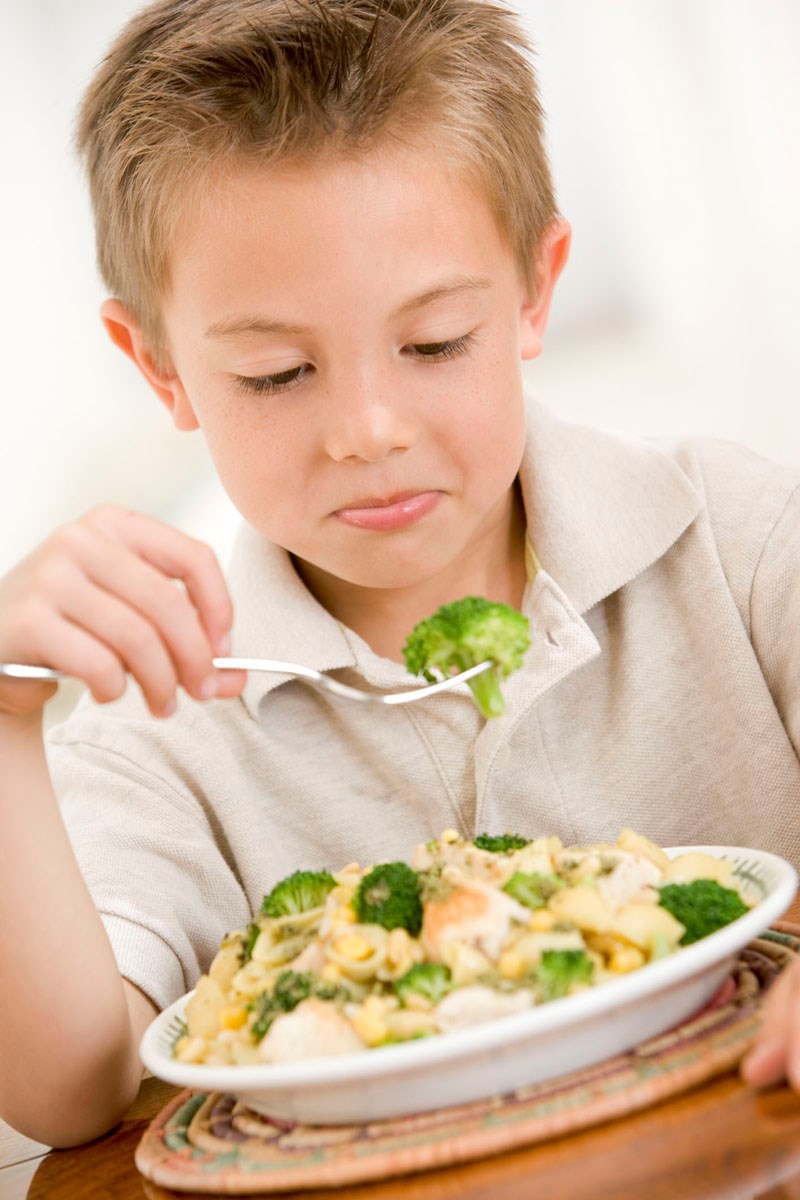Wasted food costs the average Canadian household $1,100 per year. While adults are certainly guilty of neglecting leftovers until they grow a mouldy beard, kids are also culprits when it comes to good food going to waste. Picky eaters, temperamental appetites and neglected lunches are ways that babies, toddlers and children contribute to edible food getting tossed.
With about 60 per cent of food waste being avoidable, there is a lot we can do to improve our wasting habits while potentially even saving cooking time. Here are some tips from the Canadian Love Food Hate Waste campaign:
-
Rather than making special meals, serve kids what you are eating. Puree for babies. Serve yourself smaller portions, knowing you will likely be nibbling on what the kids don’t finish.
-
Serve smaller portions at first, and offer more when they’ve cleaned their plate.
-
Save untouched food. Add to their school lunches, put leftover milk in your morning coffee, or half-eaten veggies into a soup.
-
Limiting snacking before mealtimes means kids are more likely to eat all that’s served.
-
Place a mat below a high chair or booster seat, so food that falls can be salvaged.
-
Don’t tolerate food fights.
-
Check in with kids about uneaten food in their lunchbox. Why was it untouched? It may help you pack a lunch that’s still healthy, but also fits personal preferences and appetites.
-
Involve children in making meals and even growing food. They’re more likely to eat what they had a part in making.
-
Pack school snacks in resealable containers, so uneaten treats stay fresh. Snacks wrapped in single-use packaging, not only pollutes, but also can lead to food waste.
-
Invest in some beeswax and pine-resin-infused cotton wraps. These are an eco-friendly alternative to cling wrap. They are breathable, anti-viral, antifungal, antibacterial, reusable and extend the life of food.
Contrary to popular belief, food buried in the landfill does not break down into nutrients for the soil. Instead, it converts into the damaging greenhouse gas, methane, at least 20 times more potent than carbon dioxide. So, when food does end up off our plate, send it to a composter, not the trash can.
If you don’t have a backyard composter, use the free community composting program available at the Town Centre Recycling Depot. Collect plate scrapings, fruit, veggies, grains, meat, bones, seafood, dairy products and paper napkins in a sealable container (ie: used ice cream bucket) and drop off six days a week. Pre-freeze more offensive items.
Create a culture of valuing food, and as the children in your life grow, waste prevention will become a part of their everyday life.
Let’s Talk Trash is qathet Regional District’s waste-reduction education program.



